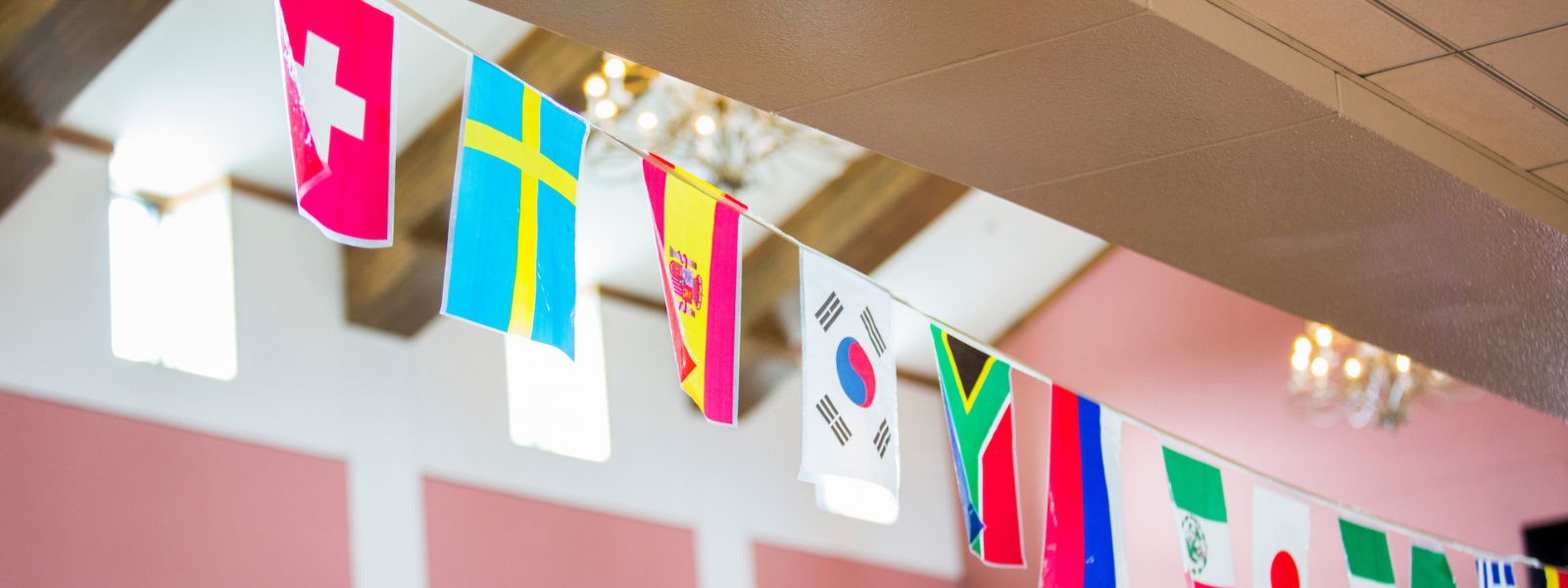
Writing and Language Studies Faculty Publications and Presentations
Document Type
Article
Publication Date
Spring 2018
Abstract
This paper argues that linguistic borders are cultural borders without sharp lines of demarcation. They become a middle space where cultural and linguistic elements from two different cultures meld into an interculture. One of the traits of this interculture as found in Brownsville, Texas, is a high incidence of natural bilingualism. A number of naturally bilingual students walk into translation classes at UTRGV. They have a basic building block for becoming translators, which is their ability to switch back and forth between languages. Other important translator competences include the ability to write professionally in at least two languages. This ability must often be developed in naturally bilingual students, because their upbringing in an interculture makes it hard for them to intuitively distinguish between what is seen as good writing by monolingual speakers of English on the one hand and what is seen as good writing by monolingual speakers of Spanish on the other. The paper describes the two-pronged approach used in training translators at UTRGV in order to develop students’ natural bilingualism into professional writing skills in both Spanish and English.
Recommended Citation
Gonzalez Nunez, Gabriel. “Crossing Linguistic Borders: Teaching Writing Skills in Two Languages to Translators-in-Training.” Crosspol: A Journal of Transitions for High School College Writing Teachers, vol. 3, no. 1, 2018.
Creative Commons License

This work is licensed under a Creative Commons Attribution-NonCommercial-No Derivative Works 4.0 International License.
First Page
62
Last Page
81
Publication Title
Crosspol: A Journal of Transitions for High School + College Writing Teachers


Comments
© 2018 Gabriel Gonzalez Nunez